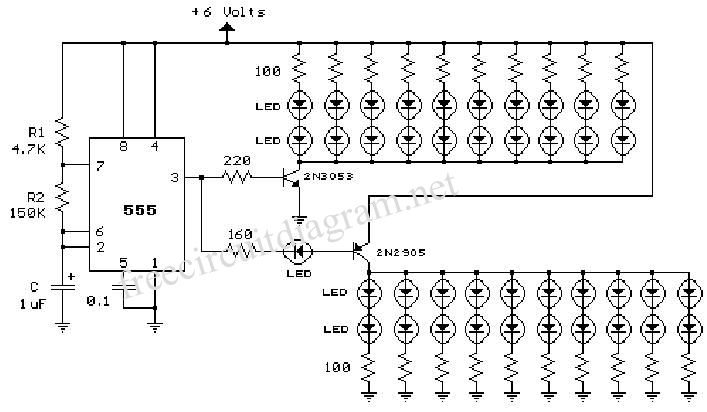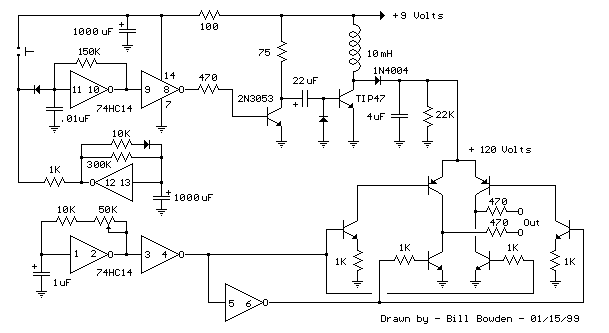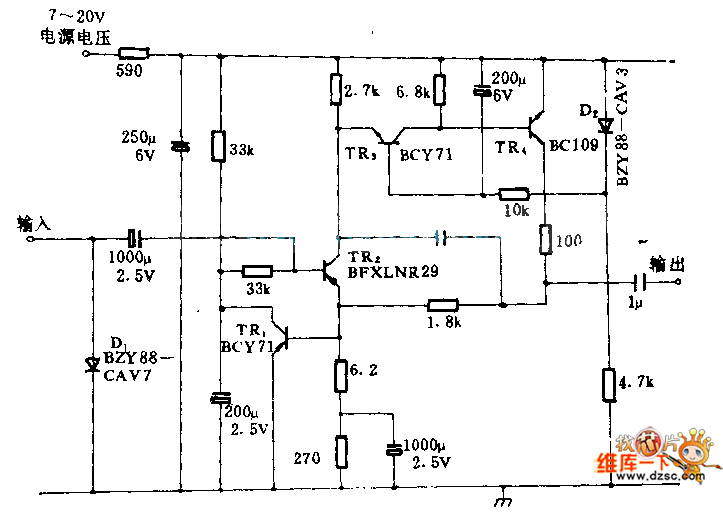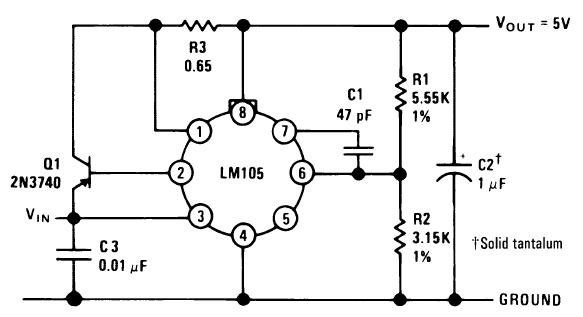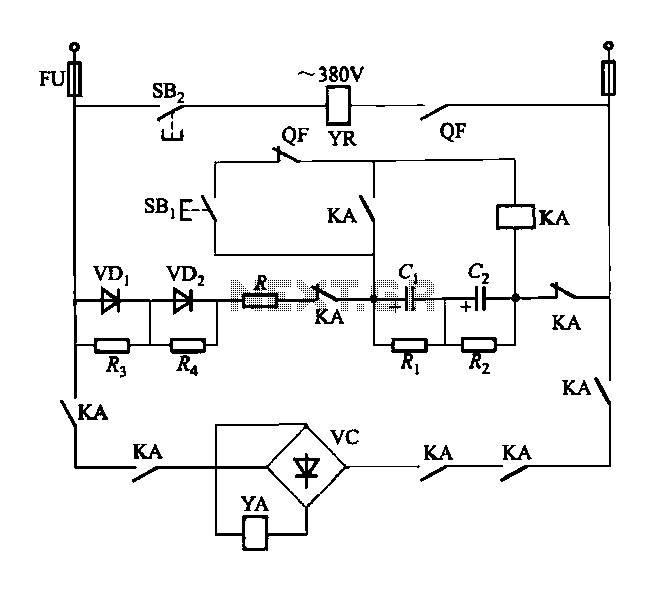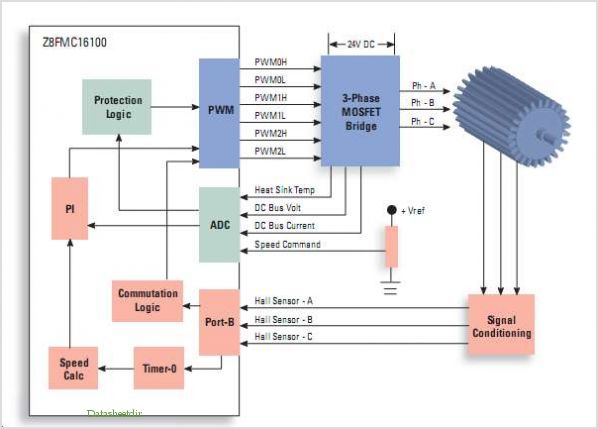
Laser-guided Ghost Climber using an Arduino
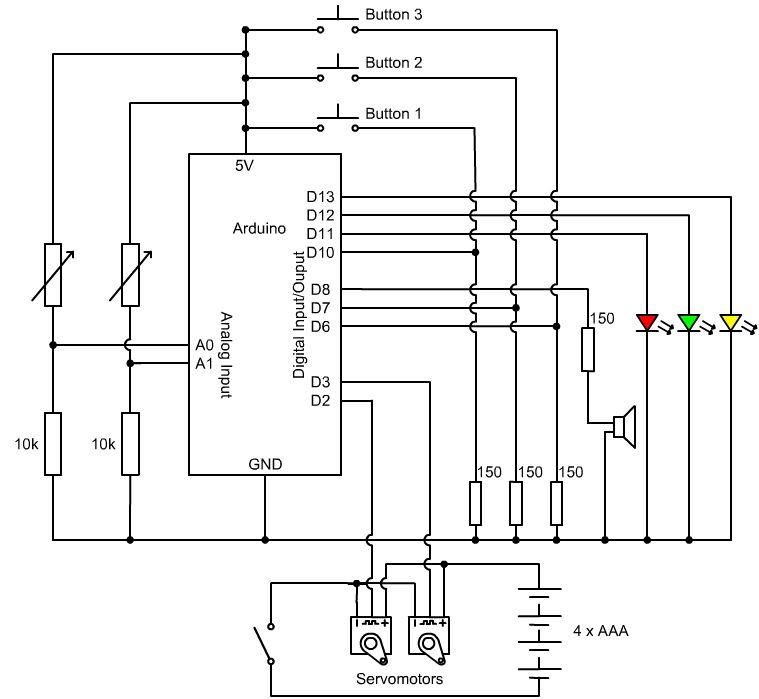
Climber A ascends a route while Climber B remains on the ground, tracking Climber A's progress with a laser pointer. The Redpointer device records the exact route taken. In Mode 1, the recorded route is played back in real-time, projecting a laser point onto the climbing wall to illustrate the path of the previous climber. For instance, Climber C arrives late to the climbing session. Climbers A, B, and C observe as the laser turret replays Climber A's recorded route in Mode 1. Climber C can see where to climb to imitate Climber A. This mode combines Modes 1 and 2, specifically designed for competition against a previously set route. Once a route is recorded in Mode 1, another climber can race against it in Mode 3, receiving live feedback on whether they are ahead or behind the recorded pace. For example, Climber C climbs the same route as Climber A while Climber B uses a laser pointer to track Climber C's progress. Simultaneously, a separate laser pointer illustrates Climber A's path on the same wall, allowing Climber C to determine if they are winning or losing the race. A buzzer sounds whenever Climber C overtakes or is overtaken by Climber A's ghost. At the end of the route, the Redpointer indicates whether Climber A or Climber C won the race. Several serious safety issues must be considered before starting this project. Rock climbing is inherently dangerous, and while this danger is mitigated by the careful use of ropes, harnesses, and other safety equipment, it is always present. Individuals should not attempt rock climbing unless they are fully competent and confident in the various techniques involved (belaying, leading, rigging, etc.). This project also involves soldering and working with electrical circuits, which should be done in well-ventilated, uncluttered, and dry environments, with sensible precautions to avoid burns, fires, and electric shocks.
The described system involves an innovative approach to enhancing rock climbing training and competition through the use of a laser-based tracking and feedback mechanism. The Redpointer device serves as the core component, integrating multiple functionalities to assist climbers in both training and competitive scenarios.
The system operates in three distinct modes, each tailored to specific climbing scenarios. In Mode 1, the route taken by Climber A is meticulously recorded using a laser pointer, which captures the trajectory of the climb. This data is stored and can be replayed in real-time, projecting a visual representation of the path onto the climbing wall. This feature not only aids in visualization for other climbers but also serves as a valuable training tool, allowing climbers to analyze and learn from the recorded routes.
Mode 2 is designed to facilitate direct competition. Once a route is established in Mode 1, Climber C can use Mode 3 to race against Climber A's recorded performance. This mode provides real-time feedback, indicating whether Climber C is maintaining a pace that is ahead or behind that of Climber A. The integration of two laser pointers allows for simultaneous tracking of both climbers, with one pointer illustrating Climber A's path, while the other monitors Climber C's progress. The use of auditory feedback, such as a buzzer that sounds upon overtaking or being overtaken, adds an element of excitement and motivation to the competition.
Safety considerations are paramount in the development and use of this system. Rock climbing inherently carries risks, and the implementation of this technology must be accompanied by strict adherence to safety protocols. Climbers must ensure they possess the necessary skills and experience before engaging in climbing activities. Furthermore, the electronic components involved in the project require careful handling and assembly, emphasizing the importance of working in safe environments to prevent accidents related to electrical hazards.
Overall, the Redpointer system represents a significant advancement in rock climbing training and competition, merging technology with physical activity to enhance performance and safety in the sport.A ascends a route while Climber B stays on the ground and tracks Climber A`s progress with the laser pointer. The Redpointer then records exactly what route was followed. Here, the route recorded in Mode 1 is played back in real-time, projecting a laser point onto the climbing wall to illustrate the path of the previous climber as a g
host . E. g. Climber C now turns up late to the climbing session. Climbers A, B and C all stand back and watch the laser turret replay the route Climber A took when recording in Mode 1. Climber C now knows where to climb if she wants to imitate A. This mode is a combination of modes 1 and 2 and is designed specifically for competing against a previously set route.
Once a route has been recorded in Mode 1, another climber can race against it in Mode 3 and be given live feedback saying whether he/she is ahead of or behind the pace set in the recording. E. g. Climber C now climbs the same route as Climber A, while Climber B uses one laser pointer to track C`s progress.
Meanwhile a separate laser pointer illustrates A`s ghost on the same wall so that C can tell if she is winning or losing the race. Every time C overtakes A`s ghost or is overtaken by A`s ghost, a buzzer sounds. At the end of the route, The Redpointer indicates whether A or C won the race. There are a few serious safety issues to consider before beginning this project. Please do not skip to the next step without first carefully considering these. Rock climbing is inherently dangerous. Obviously, this danger is largely mitigated by the careful use of ropes, harnesses and other safety equipment but the danger is always present.
Never go rock climbing if you are not fully competent and confident in the various techniques involved (belaying, leading, rigging, etc. ). This project involves soldering and working with electrical circuits. Always do both of these in well-ventilated, uncluttered and dry environments, using sensible precautions to avoid burns, fires and electric shocks.
🔗 External reference
The described system involves an innovative approach to enhancing rock climbing training and competition through the use of a laser-based tracking and feedback mechanism. The Redpointer device serves as the core component, integrating multiple functionalities to assist climbers in both training and competitive scenarios.
The system operates in three distinct modes, each tailored to specific climbing scenarios. In Mode 1, the route taken by Climber A is meticulously recorded using a laser pointer, which captures the trajectory of the climb. This data is stored and can be replayed in real-time, projecting a visual representation of the path onto the climbing wall. This feature not only aids in visualization for other climbers but also serves as a valuable training tool, allowing climbers to analyze and learn from the recorded routes.
Mode 2 is designed to facilitate direct competition. Once a route is established in Mode 1, Climber C can use Mode 3 to race against Climber A's recorded performance. This mode provides real-time feedback, indicating whether Climber C is maintaining a pace that is ahead or behind that of Climber A. The integration of two laser pointers allows for simultaneous tracking of both climbers, with one pointer illustrating Climber A's path, while the other monitors Climber C's progress. The use of auditory feedback, such as a buzzer that sounds upon overtaking or being overtaken, adds an element of excitement and motivation to the competition.
Safety considerations are paramount in the development and use of this system. Rock climbing inherently carries risks, and the implementation of this technology must be accompanied by strict adherence to safety protocols. Climbers must ensure they possess the necessary skills and experience before engaging in climbing activities. Furthermore, the electronic components involved in the project require careful handling and assembly, emphasizing the importance of working in safe environments to prevent accidents related to electrical hazards.
Overall, the Redpointer system represents a significant advancement in rock climbing training and competition, merging technology with physical activity to enhance performance and safety in the sport.A ascends a route while Climber B stays on the ground and tracks Climber A`s progress with the laser pointer. The Redpointer then records exactly what route was followed. Here, the route recorded in Mode 1 is played back in real-time, projecting a laser point onto the climbing wall to illustrate the path of the previous climber as a g
host . E. g. Climber C now turns up late to the climbing session. Climbers A, B and C all stand back and watch the laser turret replay the route Climber A took when recording in Mode 1. Climber C now knows where to climb if she wants to imitate A. This mode is a combination of modes 1 and 2 and is designed specifically for competing against a previously set route.
Once a route has been recorded in Mode 1, another climber can race against it in Mode 3 and be given live feedback saying whether he/she is ahead of or behind the pace set in the recording. E. g. Climber C now climbs the same route as Climber A, while Climber B uses one laser pointer to track C`s progress.
Meanwhile a separate laser pointer illustrates A`s ghost on the same wall so that C can tell if she is winning or losing the race. Every time C overtakes A`s ghost or is overtaken by A`s ghost, a buzzer sounds. At the end of the route, The Redpointer indicates whether A or C won the race. There are a few serious safety issues to consider before beginning this project. Please do not skip to the next step without first carefully considering these. Rock climbing is inherently dangerous. Obviously, this danger is largely mitigated by the careful use of ropes, harnesses and other safety equipment but the danger is always present.
Never go rock climbing if you are not fully competent and confident in the various techniques involved (belaying, leading, rigging, etc. ). This project involves soldering and working with electrical circuits. Always do both of these in well-ventilated, uncluttered and dry environments, using sensible precautions to avoid burns, fires and electric shocks.
🔗 External reference
